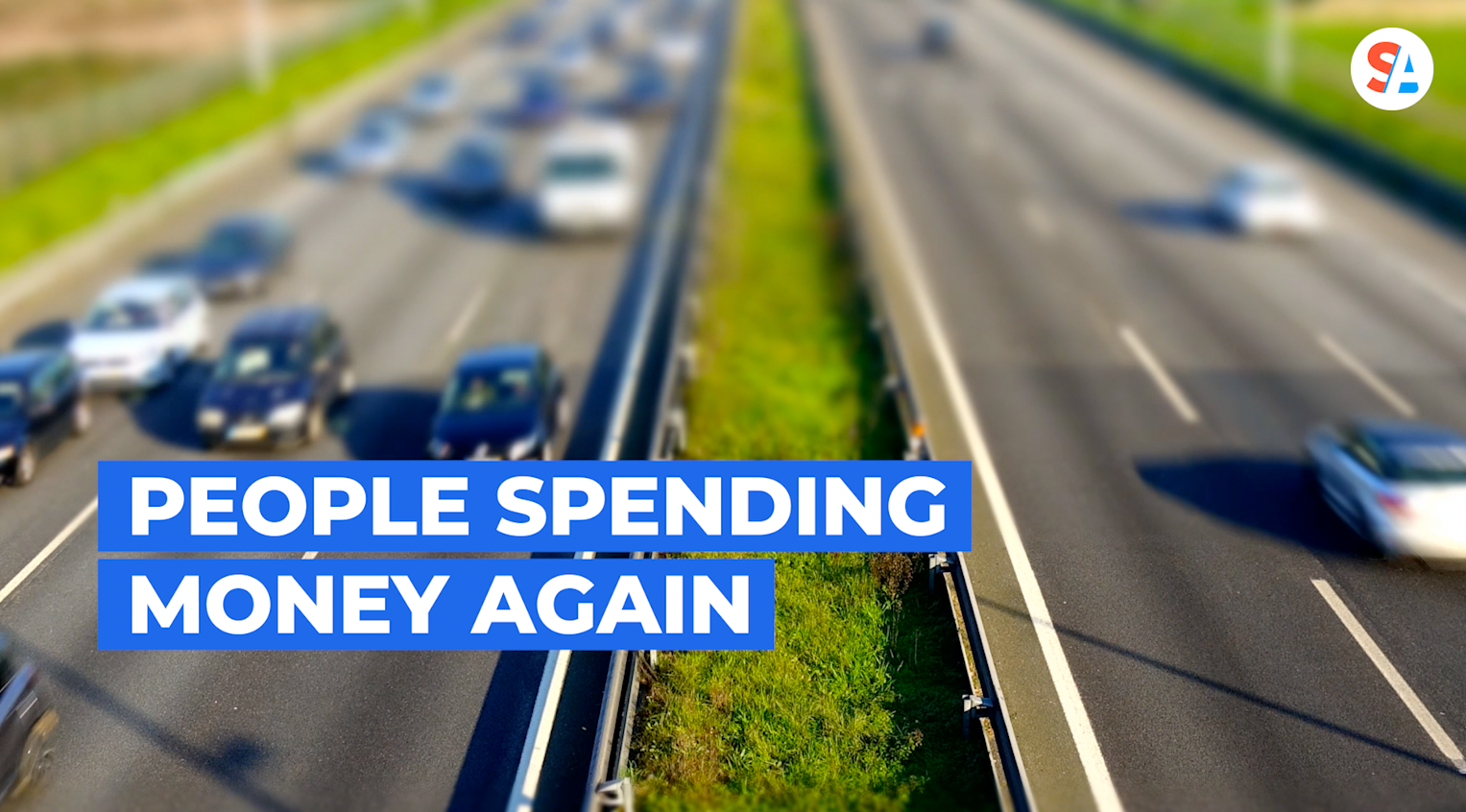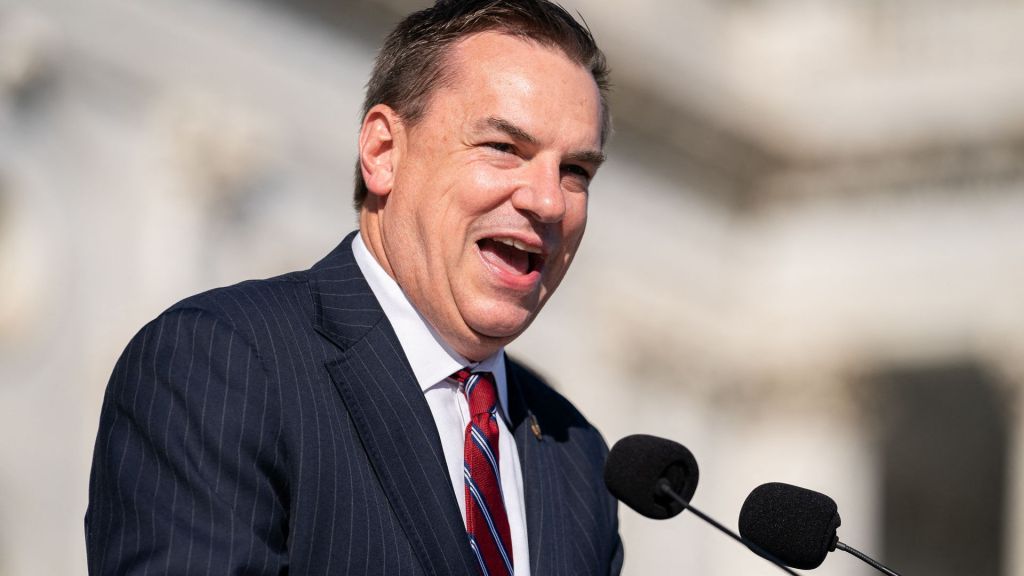WASHINGTON (AP) — American consumers absorbed another surge in prices in May — a 0.6% increase over April and 5% over the past year, the biggest 12-month inflation spike since 2008.
The May rise in consumer prices that the Labor Department reported Thursday reflected a range of goods and services now in growing demand as people increasingly shop, travel, dine out and attend entertainment events in a rapidly reopening economy.
The increased consumer appetite is bumping up against a shortage of components, from lumber and steel to chemicals and semiconductors, that supply such key products as autos and computer equipment, all of which has forced up prices. And as consumers increasingly venture away from home, demand has spread from manufactured goods to services — airline fares, for example, along with restaurant meals and hotel prices — raising inflation in those areas, too.
In its report Thursday, the government said that core inflation, which excludes volatile energy and food costs, rose 0.7% in May after an even bigger increase in April, and has risen 3.8% over the past 12 months. Among specific items, prices for used cars, which had surged by a record 10% in April, shot up an additional 7.3% in May and accounted for one-third of last month’s overall price jump.
But the price increases in May were widespread in a variety of categories, including household furnishings, clothing and airline fares. Food prices rose by 0.4. Energy costs were unchanged, but they’re still up 28.5% from a year ago.
______________________________________________________________________________________________________________________________________________________
WASHINGTON (AP) — The number of Americans applying for unemployment benefits fell for the sixth straight week as the U.S. economy, held back for months by the coronavirus pandemic, reopens rapidly.
Jobless claims fell by 9,000 to 376,000 from 385,000 the week before, the Labor Department reported Thursday. The number of people signing up for benefits exceeded 900,000 in early January and has fallen more or less steadily ever since. Still, claims are high by historic standards. Before the pandemic brought economic activity to a near-standstill in March 2020, weekly applications were regularly coming in below 220,000.
Nearly 3.5 million people were receiving traditional state unemployment benefits the week of May 29, down by 258,000 from 3.8 million the week before.
Businesses are reopening rapidly as the rollout of vaccines allows Americans to feel more comfortable returning to restaurants, bars and shops. The Labor Department reported Tuesday that job openings hit a record 9.3 million in April. Layoffs dropped to 1.4 million, lowest in records dating back to 2000; 4 million quit their jobs in April, another record and a sign that they are confident enough in their prospects to try something new.
“As life normalizes and the service sector continues to gain momentum, we expect initial jobless claims to continue to trend lower,″ said Joshua Shapiro, chief U.S. economist at the economic and financial consulting firm Maria Fiorini Ramirez, Inc.
In May, the U.S. economy generated 559,000 million new jobs, and the unemployment rate dropped to 5.8% from 6.1% in April. Many economists expected to see even faster job growth. The United States is still short 7.6 million jobs from where it stood in February 2020.
But employers are posting vacancies faster than would-be applicants can fill them. Many Americans are contending with health and childcare issues related to COVID-19 and with career uncertainty after the coronavirus recession wiped out many jobs for good. Some are taking their time looking for work because expanded federal jobless benefits pay more than their old jobs.
Many states are scheduled to begin dropping the federal benefits this month. Altogether, 15.3 million people were receiving some type of jobless aid the week of May 22; a year earlier, the number exceeded 30 million.
______________________________________________________________________________________________________________________________________________________
Reuters – U.S. stocks rose on Thursday, with the S&P 500 hitting a record high, as investors doubted whether a spike in May consumer prices would spur early policy tightening by the Federal Reserve.
The jump partly reflected the dropping of last spring’s weak readings from the calculation. These so-called base effects are expected to level off in June.
“The numbers were slightly more than expected, but not way outside of the range … I don’t think this going to change the Fed’s view of keeping rates very low,” said Mark Grant, chief global strategist, B. Riley Financial.
Focus will now be on the Fed’s monetary policy meeting next week for more clues about the central bank’s stance on tapering its massive stimulus.










